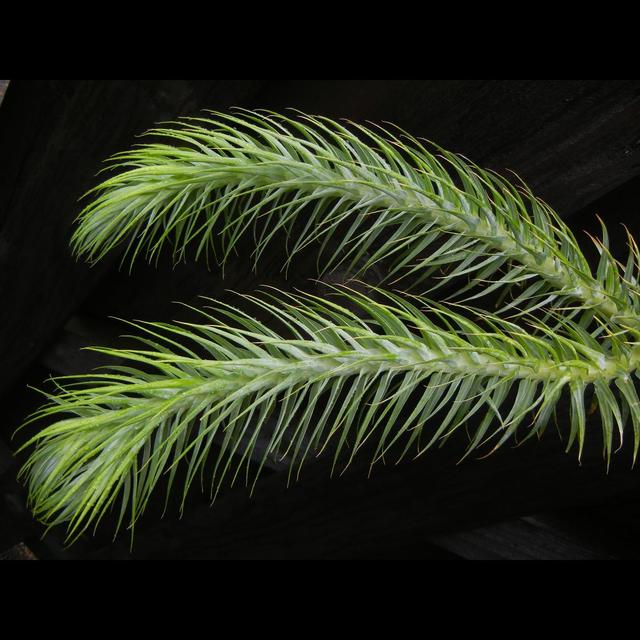
Lycophytes, Quillworts & the "Great Dying"
Sep 16, 2024•2 hr 37 min
Episode description
I became fixated on lycophytes because of some of the cool desert-dwelling members of the genus Selaginella, not to mention the utterly weird "clubmosses" that thrive in places as disparate as Northern Wisconsin and the slopes of volcanoes in New Zealand, but in this episode botanist Jeff Benca tells us about his work with relatives of the genus Isoetes ("Quillworts") and how their 250 million year old relatives might have been able to survive the biggest extinction in Earth's history, otherwise known as the Permian Extinction or "The Great Dying".
Jeff's IG : @jeffbenca
FB : Jeff Benca
Thumbnail is Phlegmariurus dalhousianus, photo by Jeff Benca. Other species mentioned in this episode is Lycopodium vestidum. Extinct species mentioned here that were thriving during the Permian Extinction Event and are related to Isoetes are Pleuromeia and Annalepis.
Compounds that volcanic dykes and sills interacted with that were locked up in salt deposits and related to UV shield degradation during the Permian Extinction Event were methyl bromide and methyl chloride.
Jeff's IG : @jeffbenca
FB : Jeff Benca
Thumbnail is Phlegmariurus dalhousianus, photo by Jeff Benca. Other species mentioned in this episode is Lycopodium vestidum. Extinct species mentioned here that were thriving during the Permian Extinction Event and are related to Isoetes are Pleuromeia and Annalepis.
Compounds that volcanic dykes and sills interacted with that were locked up in salt deposits and related to UV shield degradation during the Permian Extinction Event were methyl bromide and methyl chloride.
For the best experience, listen in Metacast app for iOS or Android
Open in Metacast